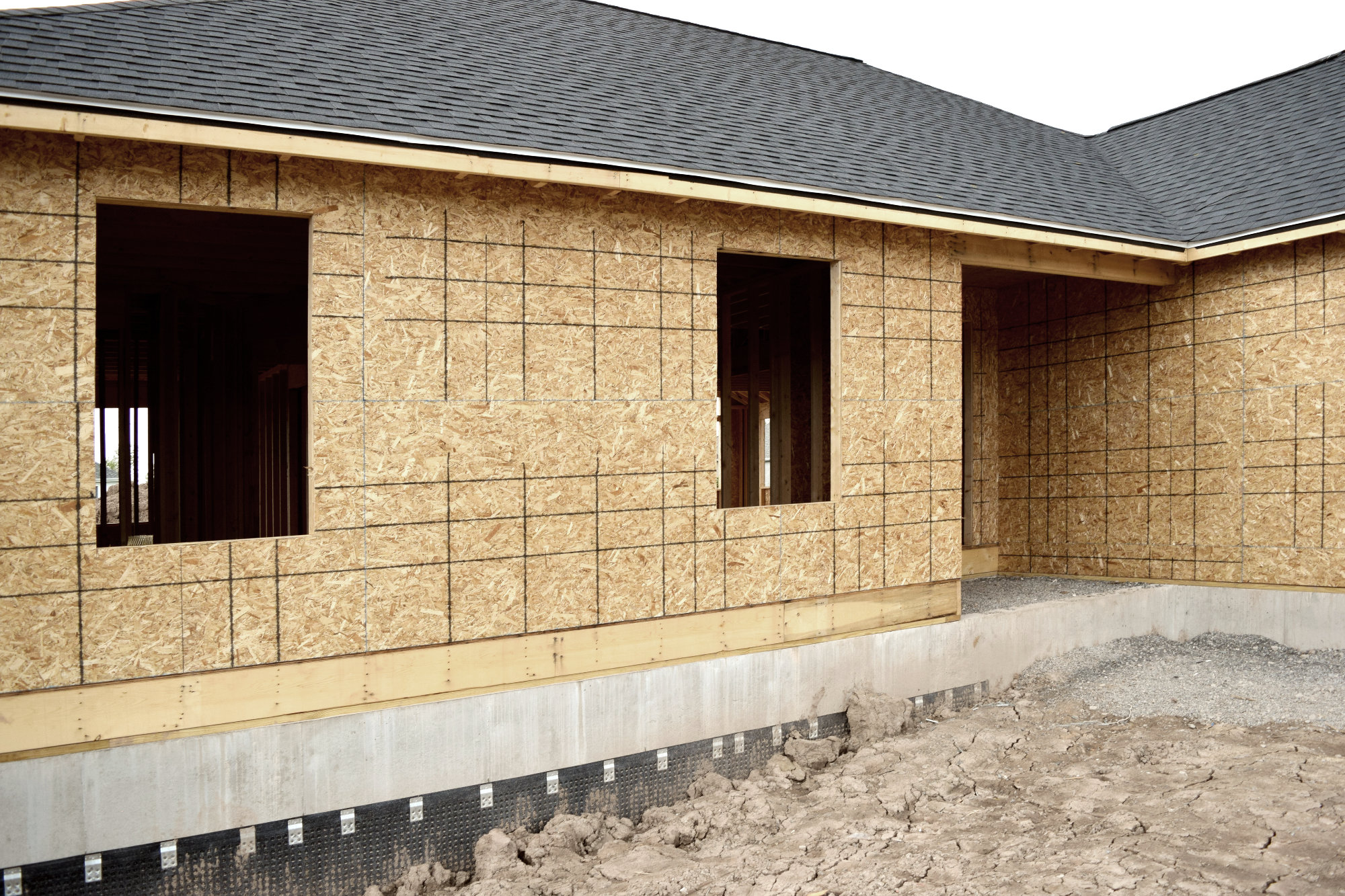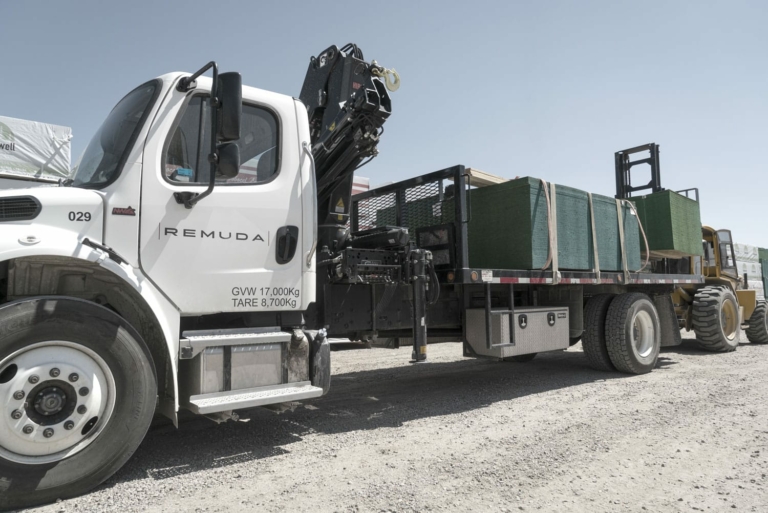Prefabricated wall panels and traditional stick framing are two popular methods of framing in Canada, each with its own strengths. Understanding the differences can help you choose the best approach for your projects. This article defines each method, explains their pros and cons, and explores use cases and challenges for Alberta home builders.
What Are Prefabricated Wall Panels?
Prefabricated wall panels are factory-built sections of walls, complete with studs, sheathing, pre-cut rough openings for windows and doors, and sometimes insulation and electrical rough-ins. These panels are made-to-order in a controlled shop environment with the assistance of complex programs to ensure precision and quality and then transported to the construction site. Once on site, crews or cranes can quickly erect them, fitting the panels together to form the building’s exterior and interior walls. Panel types include:
- Load-bearing wall panels (structural)
- Non-load-bearing partition panels (interior walls)
- Structural insulated panels (SIPs), which integrate rigid insulation between OSB skins
Prefab panels can save time because much of the work happens off-site, and quality is often higher due to factory conditions and technology.
What Is Traditional Stick Framing?
Stick framing is the conventional on-site method of framing walls. In stick framing, carpenters build walls one stud at a time. Workers cut and nail together the bottom plate, top plate, and studs, then add headers for doors and windows. Once framed, walls are sheathed with plywood or OSB and lifted into place. Electrical, plumbing, and insulation are installed after the walls are raised. Stick framing offers maximum flexibility on site, allowing for changes to accommodate irregular site conditions or project requirements.
Advantages of Prefabricated Wall Panels
Prefabricated wall panels help builders control costs, construction timelines, and overall project efficiency. Additional benefits include:
- Cost-Effective: Prefabricated panels often reduce total labour costs. Since panels are assembled in a factory by a small crew and specialized machines, on-site installation can be completed faster and with fewer workers.
This is a major advantage to builders in regions like Calgary, where skilled labour shortages can lead to costly delays.
Prefabricated wall panels also reduce material costs as builders receive more precise takeoffs, and they greatly reduce theft on-site.
- Faster Construction Times: Prefab wall panels drastically cut framing time. Walls can be erected in hours, not days. Off-site fabrication of walls can also begin while early-stage site work is underway, further accelerating build schedules.
- Reduced Waste: Factory-built panels are made with highly accurate design programs and machinery for precise cuts, and reduced errors and waste.
- Consistent Quality: Controlled environments and automated machinery lead to higher-quality construction. Materials are protected from weather exposure, and computer-aided design ensures consistency across each unit.
- Increased Project Capacity: Faster installation allows framing crews to take on more work, improving overall productivity and profitability.
Advantages of Traditional Framing:
- Flexibility & Adjustments: Stick framing on-site allows for easier last-minute changes to dimensions or layout, ideal for custom builds or renovations. Finalized designs are needed earlier with prefab panels.
Trends in Alberta and Canada:
Prefab construction is growing in Canada, including Alberta, as builders seek efficiency and practical solutions to the skilled labour shortage. Other factors, like increasing wages and demand for faster project delivery in response to the housing crisis, are driving the adoption of panelized wall systems.
Builders are using prefabricated wall panels in a variety of projects, including:
- Multi-family developments (apartments, condos, townhouses)
- Single-family housing
Hybrid approaches are also common. For example, using prefabricated exterior walls combined with on-site stick framing for interior walls balances speed and flexibility.
Use Cases: When Prefab or Traditional Is Best:
Building with prefabricated wall panels is ideal when:
- Projects have multiple units with similar designs, like row housing, apartments, and condos
- Facing tight schedules, and speed is critical for a successful project
- Quality control is a priority, and precise, consistent quality framing is necessary
- Labour is limited
Framing a building on-site is best for projects that:
- Are highly customized or complex and architecturally complex
- Are small-scale, such as renovations, where the costs of prefabrication would not be justified
- Are anticipated to require last-minute or frequent changes to the design
Each approach has its place in home construction. A multi-family developer building many identical townhomes in Calgary might use prefabricated walls to shave significant time off construction to increase project capacity. Meanwhile, a custom homebuilder with highly personalized design and convenient access to skilled framers might stick-frame walls on site.
→ Check out our professional-grade lumber for traditional framing
→ Learn more about our made-to-order prefabricated wall panels



